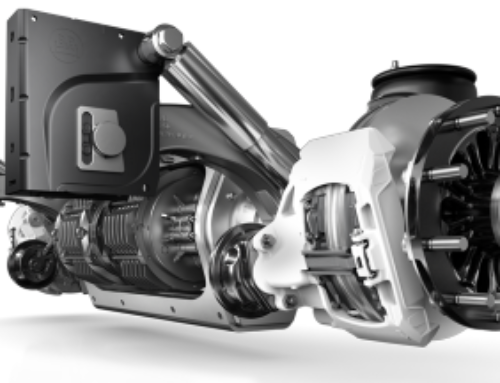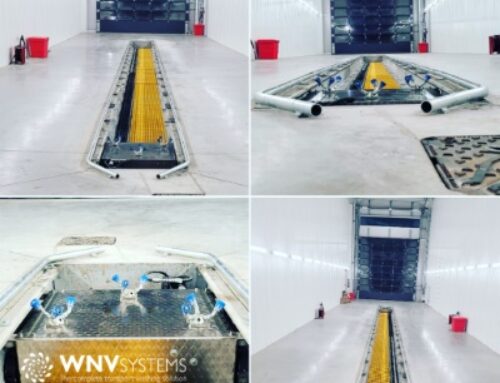New SmartWitness AI software boosts fleet safety
 SmartWitness has announced the launch of SmartAnalytics, its new analytics software powered by artificial intelligence (AI) and machine learning, which it says can provide better insights and actionable data for fleet managers.
SmartWitness has announced the launch of SmartAnalytics, its new analytics software powered by artificial intelligence (AI) and machine learning, which it says can provide better insights and actionable data for fleet managers.
The UK launch of SmartAnalytics follows on from a pilot scheme involving 10,000 trucks which the company says was hugely successful, bringing about a 15 per cent average reduction in vehicle accidents, 30 per cent increase in efficiency and productivity and a seven per cent reduction in fuel and maintenance bills.
SmartAnalytics is a software upgrade to any SmartWitness video telematics solution that encompasses broader sources of data, and is said to significantly simplify fleet management and lower risk.
With the use of artificial intelligence and machine learning, large amounts of data are processed and contextualised in order to create a better understanding of driver behaviour in any fleet.
The software requires little to no human intervention, says SmartWitness, and can process large amounts of data to provide the context and insights that fleet managers need to make better business decisions, reduce costs, improve driver safety and run their operation more efficiently.
SmartWitness managing director Fearghal MacGowan said: “Fleet managers are currently facing a significant data overload. With the myriad number of connected devices on trucks plus the various compliance, regulatory and business intelligence software, there is simply too much data to be processed by organisations.
“SmartAnalytics boils down thousands of hours of drive data each week into reports and league tables which can be quickly and easily read. Only relevant videos are shared with fleet managers to act upon.
“As well as cutting down hours of manual checking of data, the AI algorithm reduces false positives via improved contextual analysis.
“For example, if a driver triggered a harsh acceleration event that would show up as negative feedback for their behaviour. But in the case that this event was triggered upon filtering onto a motorway, this behaviour should actually be considered ‘safe’ as a necessary manoeuvre to enter the flow of faster moving traffic.
“This is the value of an increased number of contextual data sources, and unlike traditional telematics software that just use two key data sources, G-sensor and GPS, SmartAnalytics is able to take into account factors such as road type, elevation, weather conditions, traffic patterns, and differentiate between city and rural traffic density.”
The AI Filter scrubs, cleans and filters the raw data, and eliminates false positives by analysing and comparing with SmartWitness sources.
The Machine Learning Filter identifies trends and patterns in drivers’ behaviour and compares risk across the fleet, creating league tables. Over time, says SmartWitness, with the comparison of historical information, the identification of events becomes even more accurate and predictive risk modelling assigns priority around the most at-risk drivers.
The delivery of league tables becomes the first stage at which a fleet manager becomes involved, receiving relevant actionable insights that can then be used to help train drivers and identify risk factors in the business.
In 2020, SmartAnalytics deployment, which initially covered 10,000 drivers but in Q3 rose to 25,000, reportedly improved compliance involvement by 50 per cent, accountability by 20 per cent, driving behaviour scores by 14 per cent, and workplace satisfaction and engagement 15 and 25 per cent respectively.











